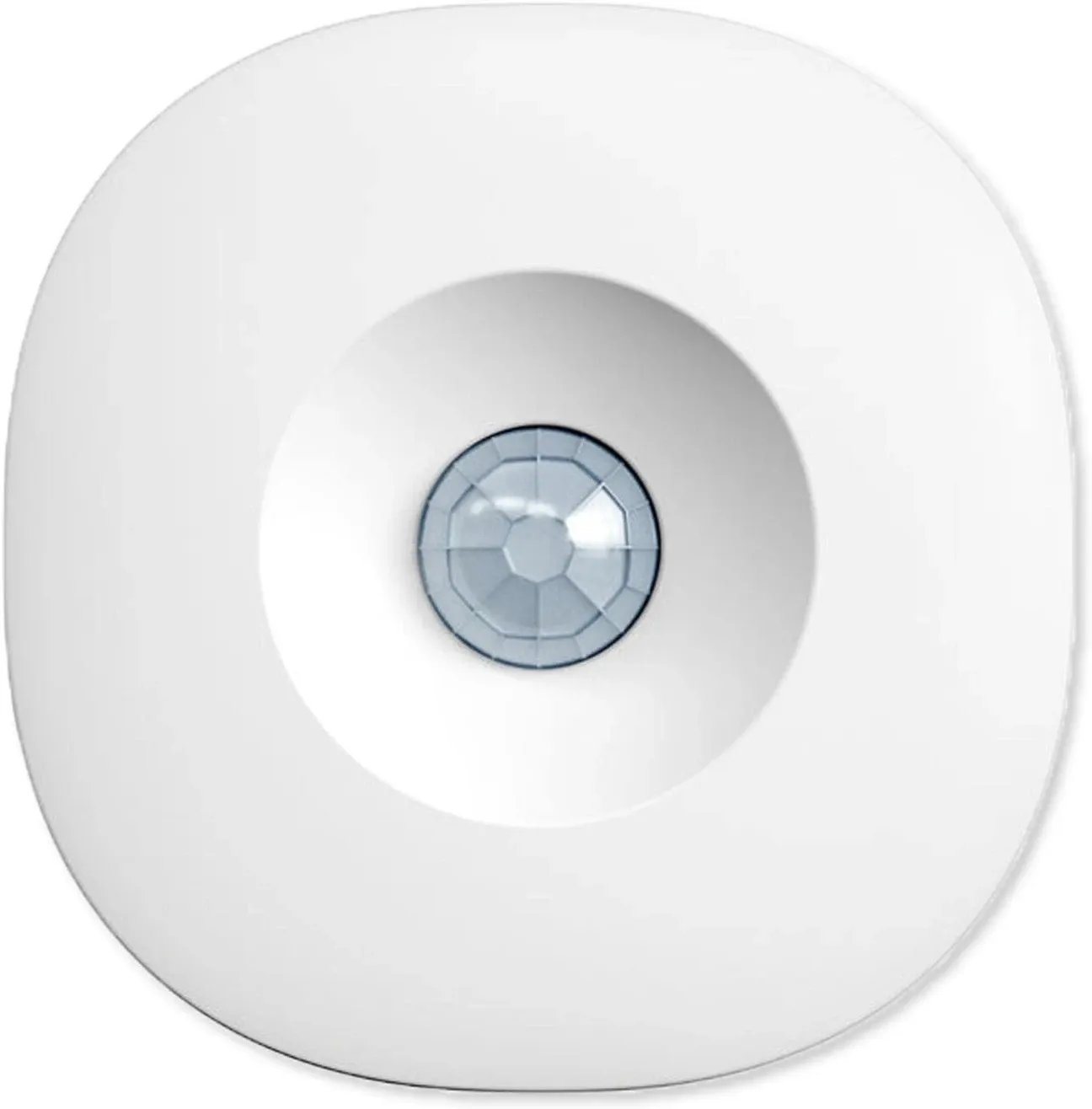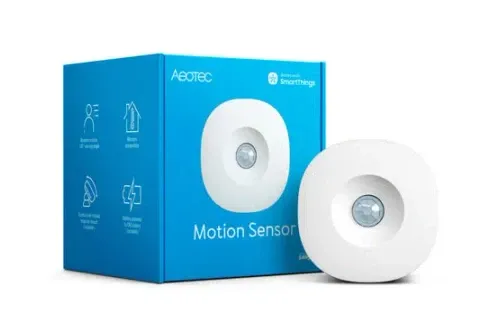Motion sensors are a valuable addition to any smart home, offering convenience, security, and energy efficiency. These devices detect movement and can trigger a range of automated responses, from turning on lights to sending security alerts. By integrating motion sensors into your home, you can make daily life easier and improve your home’s overall functionality.
Why Motion Sensors Are Essential for Smart Homes
Adding motion sensors to your smart home brings several benefits beyond security. They can be used to automatically activate lighting, control appliances, and save energy by ensuring that devices are only in use when needed. Motion sensors help create a seamless experience, allowing your smart home to react intuitively to your presence.
Key Benefits of Smart Motion Sensors:
- Enhanced security: Motion sensors can trigger alerts or security cameras when unexpected movement is detected.
- Energy efficiency: Devices like lights and HVAC systems can turn off when no movement is detected, saving energy.
- Convenience: Motion-activated lighting and appliance control make daily tasks easier and more efficient.
- Customization: Many sensors offer adjustable settings to fit your home’s unique needs.
Top Motion Sensor Devices for Your Smart Home
If you’re considering motion sensors for your home, there are several types of devices available that offer unique benefits. Below are some popular motion-sensing devices that can help you enhance both security and convenience in your smart home setup.
1. Motion-Activated Security Cameras
Motion-activated security cameras are a popular choice for monitoring indoor and outdoor spaces. These cameras begin recording when motion is detected, sending real-time alerts to your phone. This setup allows you to stay informed about any activity around your home, making it a great addition to any home security system.
2. Smart Lighting with Motion Detection
Motion-activated lighting offers both convenience and energy savings. Lights equipped with motion sensors can turn on automatically when someone enters a room and turn off after a set period of inactivity. This feature is especially useful in areas like hallways, garages, and bathrooms where lights are often left on unintentionally.
3. Smart Plugs and Appliances with Motion Detection
Smart plugs with built-in motion sensors can control various household appliances. For instance, you can connect a fan or heater to a smart plug that only activates when someone is in the room, adding an extra layer of comfort while conserving energy.
How Motion Sensors Improve Home Automation
Integrating motion sensors into your smart home can streamline automation, making your environment respond dynamically to your needs. By combining multiple motion-sensing devices, you can create customized routines that adapt to your daily life. For example, you could set up a sequence where lights turn on and a smart speaker plays music as you enter a room.
Tips for Setting Up Motion Sensors in Your Smart Home
- Place sensors strategically: Install motion sensors in high-traffic areas like entryways, hallways, and staircases.
- Integrate with smart home hubs: Connect motion sensors to a hub like Alexa or Google Home for easy automation.
- Adjust sensitivity settings: Customize motion sensitivity to avoid false alerts from pets or small movements.
- Use in combination with other devices: Pair motion sensors with lights, cameras, and plugs for a complete smart home experience.
Tailored Solutions for Every Home
Smart home motion sensors offer tailored solutions that cater to various lifestyles and home designs. Whether you prioritize security, energy efficiency, or daily convenience, these devices can be configured to meet your specific needs. For example, homeowners focused on sustainability can utilize motion-activated systems to minimize energy waste, while families can benefit from enhanced safety with strategically placed sensors in entryways and near staircases. By incorporating these solutions, you can create a smarter and more adaptive home environment.
Conclusion: Enhance Your Home with Smart Motion Sensors
Motion sensors offer a practical and efficient way to elevate your smart home. From motion-activated lighting to security cameras and smart plugs, these devices help automate everyday tasks and ensure your home is secure and energy-efficient. Discover the convenience and peace of mind that smart home motion sensors can bring to your living space today.

